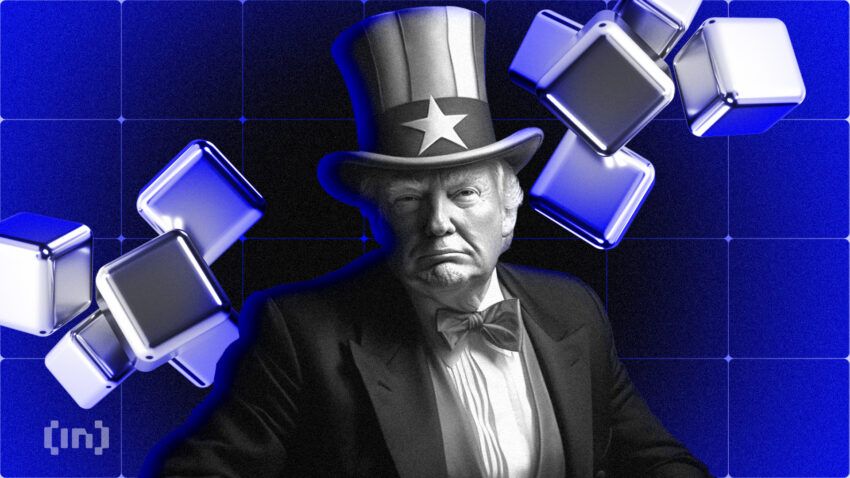President Trump signed two crucial executive orders regarding the crypto industry today. One centers on preventing debanking, while the other allows cryptoassets to be included in retirement portfolios like pensions or 401(k)s.
These measures both seem likely to encourage further institutional investment in this sector.
Trump’s New Executive Orders Explained
Since taking office, President Trump has initiated a crusade of pro-crypto regulation, touching on many aspects of interest to the industry.
In particular, he’s taken a firm stance against crypto debanking, planning conclusive action to prevent another Operation Choke Point. Today, Trump finally signed his executive order on crypto debanking.
“No American should be denied access to financial services because of their political or religious beliefs,” the order states.
Trump’s executive order doesn’t necessarily focus on crypto debanking, but its text clearly alludes to industry-specific events like Operation Choke Point 2.0. Key provisions include:
- Anti-discrimination measures: regulators must refer cases of religious discrimination to the Department of Justice.
- Removal of “reputational risk” language from regulatory guidance and examination manuals.
- Mandate for banks to restore services to individuals or businesses previously debanked without lawful cause.
- New oversight mechanisms: federal banking regulators must review institutions’ past practices and impose penalties if necessary.
The order also instructs the Treasury Department to propose a national strategy to address politicized debanking, including potential legislative fixes.
Allowing Crypto in 401(k)s and Retirement Plans
Trump’s second order shifts retirement investment policy by allowing digital assets and other alternative investments—such as private equity and real estate—into 401(k)s and similar defined-contribution plans.
Currently, most 401(k) participants are restricted to traditional investments like mutual funds, bonds, and ETFs. This order could change that.
Key actions include:
- Instructing the Department of Labor to revise fiduciary guidance under ERISA to accommodate alternative assets.
- Clarifying how crypto and private equity can be included in target-date and asset allocation funds.
- Coordinating with the SEC and Treasury to ensure unified regulatory support.
- Mandating regulatory changes that facilitate access to these investments in participant-directed plans.
The order argues that alternative assets offer better diversification and competitive returns, especially for long-term retirement portfolios.
It also directly criticizes the previous administration’s position on crypto in retirement accounts. Trump’s Labor Department had already rescinded Biden-era guidance limiting access to digital assets.
“President Trump is delivering on his promise to enhance financial opportunities and retirement security for all Americans,” the order states.
Together, the two orders represent a major shift in federal crypto policy, framing digital assets as both a legitimate business and a legitimate investment.
These developments seem liable to spur further institutional investment in this sector.
Disclaimer
In adherence to the Trust Project guidelines, BeInCrypto is committed to unbiased, transparent reporting. This news article aims to provide accurate, timely information. However, readers are advised to verify facts independently and consult with a professional before making any decisions based on this content. Please note that our Terms and Conditions, Privacy Policy, and Disclaimers have been updated.



